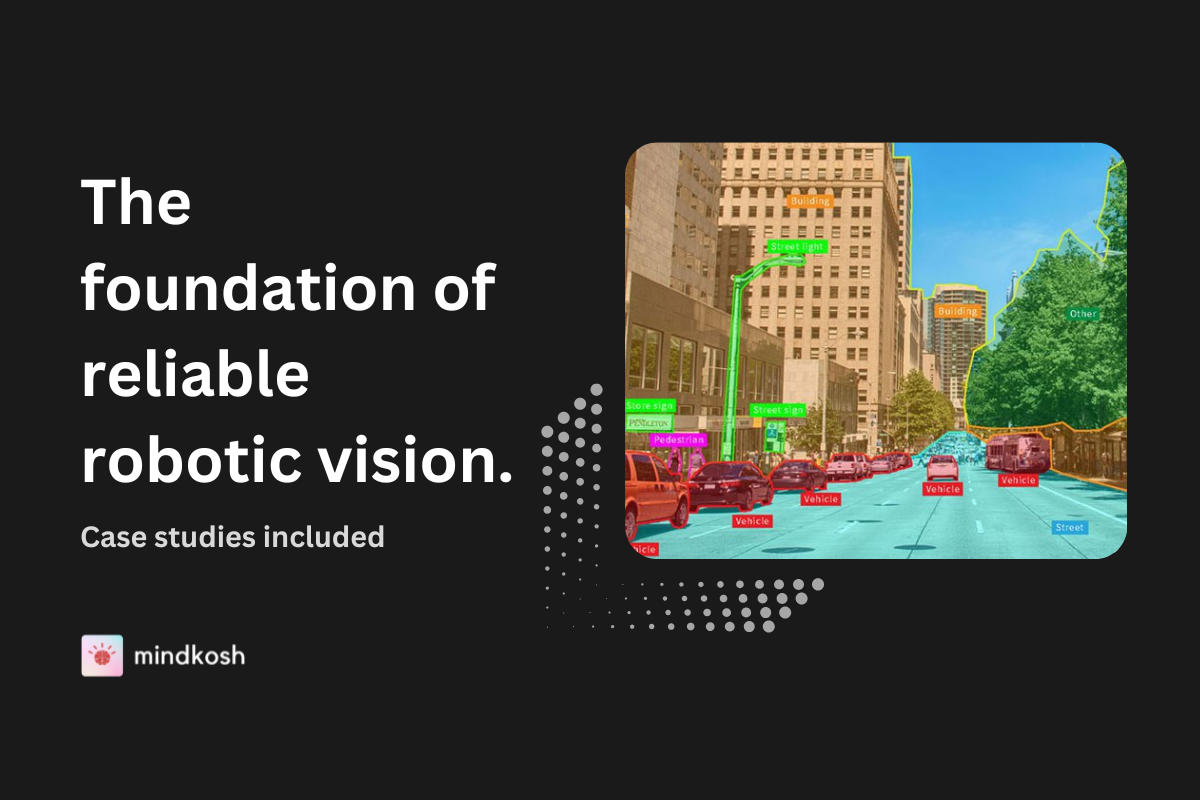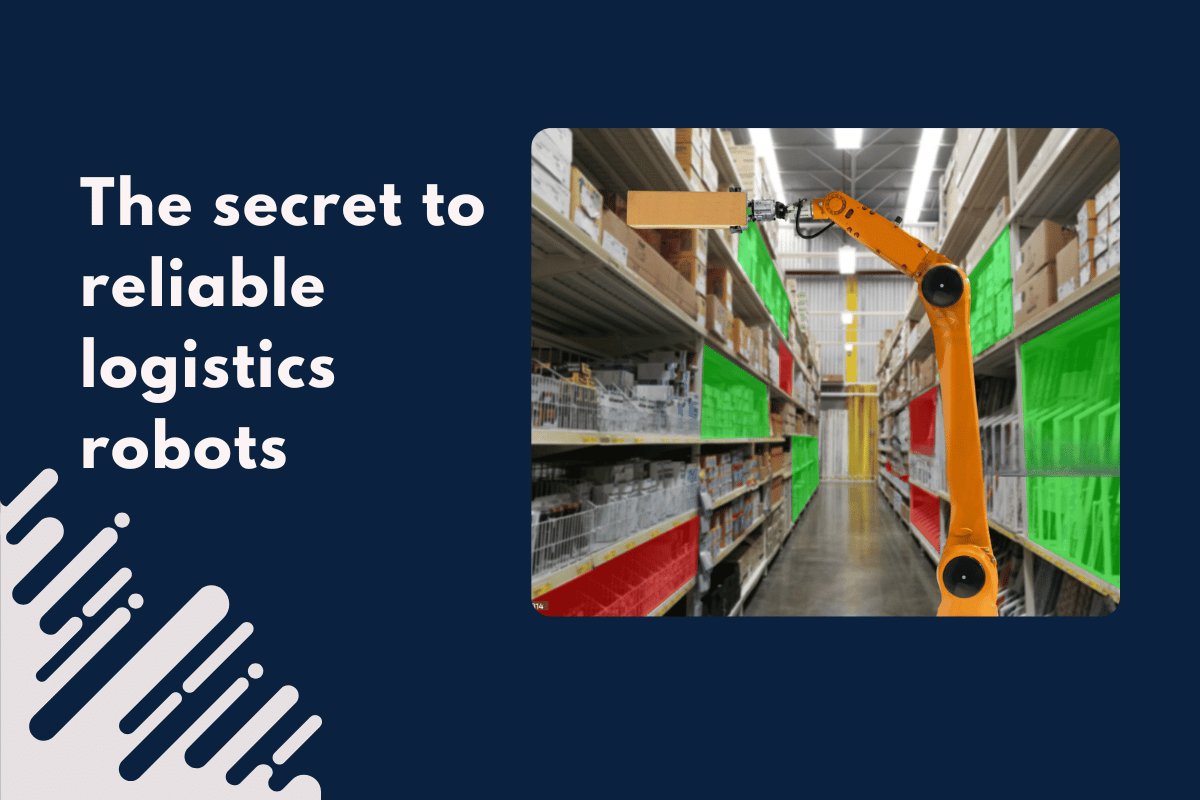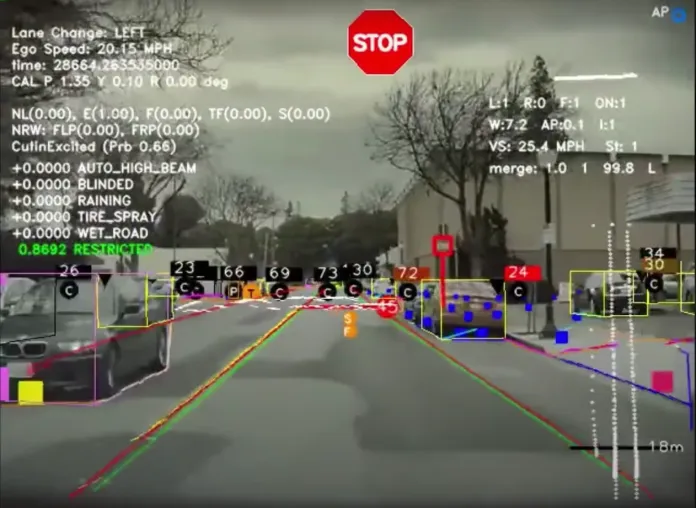
Tesla, the innovative electric vehicle (EV) manufacturer, has been at the forefront of leveraging Artificial Intelligence (AI) and Machine Learning (ML) techniques to improve its products and operations. One key technique Tesla used to improve it's ML systems is Active Learning - a technique that involves iteratively selecting the most informative data samples for labeling to improve the efficiency of the learning process. Here we explore how Tesla leverages Active Learning in different areas including it's core autonomous driving technology, battery management, and manufacturing.
What is Active Learning?
The basis for the success of most Deep Learning algorithms today, is the use of an enormous quantity of good-quality labeled data. However, Data Labeling is a highly laborious process, consuming about 80% of the time dedicated to a Machine Learning project. It is also very expensive. In particular, tasks that require specific domain knowledge such as medical imaging, are extremely expensive to annotate.
Active Learning is a way to mitigate this problem by reducing the amount of labeled data your model needs. The key idea that AL proposes is that if the learning algorithm is allowed to choose the data from which it learns, it will perform better with less training.
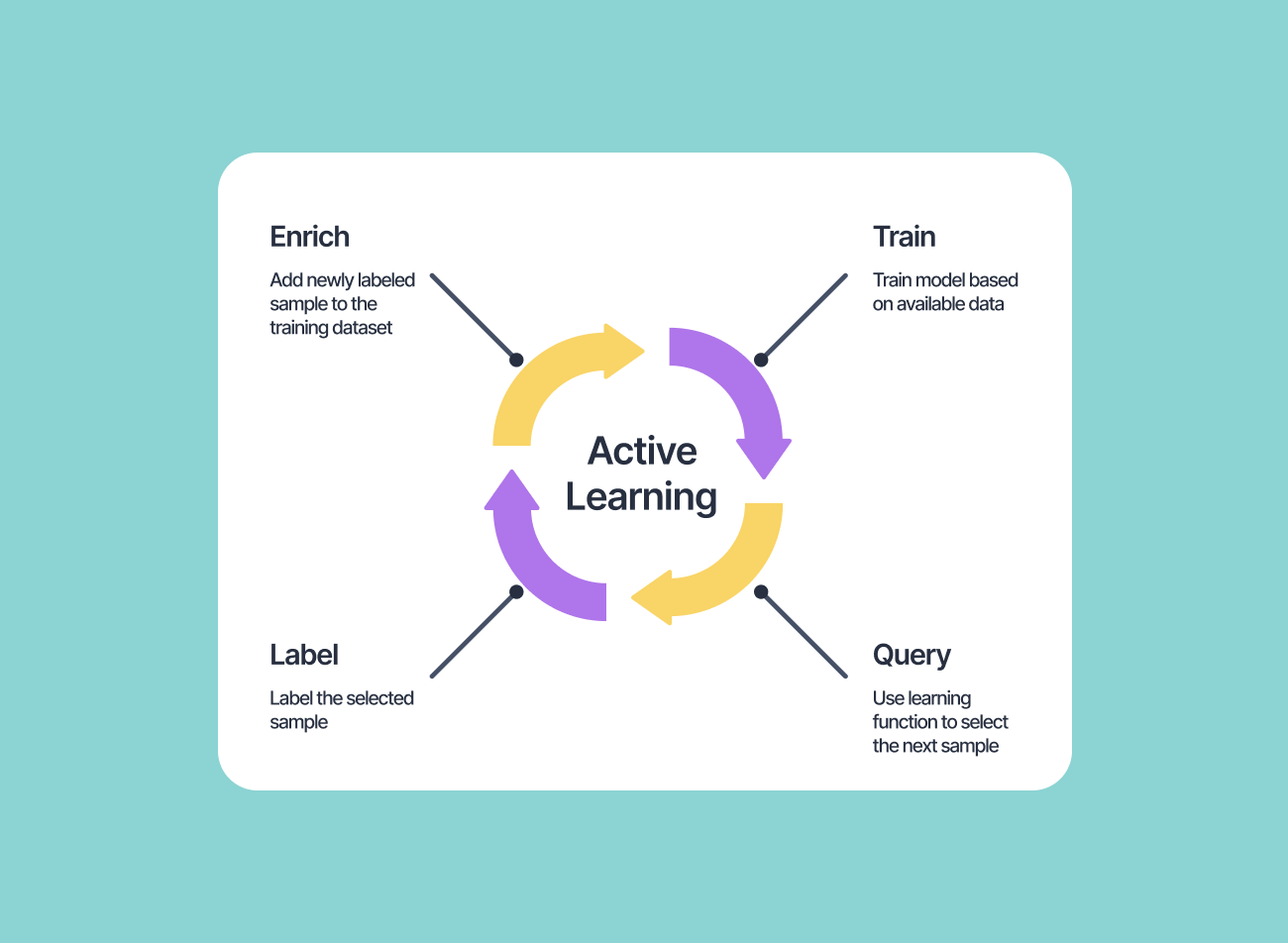
The typical Active Learning cycle
In a successful Active Learning system, the Machine Learning system is able to choose the most informative data points through some defined metric, subsequently passing them to a human labeler and progressively adding them to the training set. Usually this process is carried out iteratively :
- Label a small amount of data
- Use this labeled data to learn about the data, either in a supervised or unsupervised manner, depending on the Active Learning procedure used.
- Apply this insight into the data to the rest of the unlabeled data as part of the Active Learning procedure being used. This is used to fetch the next batch that should be labeled.
- Add this newly labeled data to your labeled dataset.
- Go back to 2 and repeat until
- You reach the required model performance.
- You reach the maximum allocated labeling budget.
Let us now look at how Tesla utilises Active Learning to improve it's Machine Learning systems
Autonomous driving technology
Autonomous driving is one of the key areas where Tesla uses Active Learning to improve the performance of its vehicles. Tesla's Autopilot system relies on a suite of sensors, including cameras, radar, and ultrasonic sensors, to navigate the vehicle on the road. However, these sensors can produce a massive amount of data, and manually labeling this data can be time-consuming and expensive. To address this challenge, Tesla has developed an iterative Active learning procedure that automatically selects the most informative data samples for labeling, reducing the time and cost required to annotate the data.
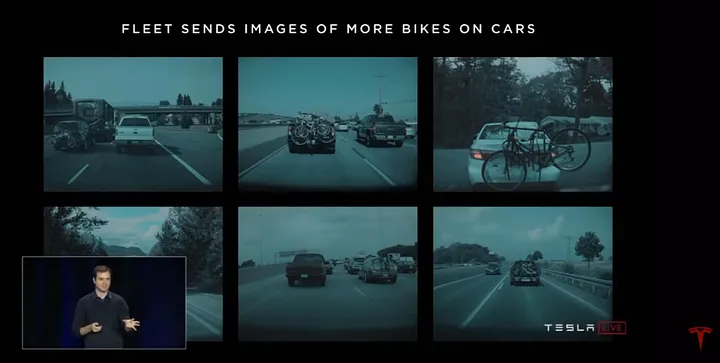
The algorithm is based on a combination of uncertainty sampling and query-by-committee techniques. Uncertainty sampling involves selecting the data samples the model is most uncertain about, while query-by-committee involves selecting the samples that produce the most disagreement among a group of models. By combining these two techniques, Tesla can identify the data samples that are most informative for improving the performance of its autonomous driving models.
Another way Tesla uses Active Learning in autonomous driving is by collecting data from its vehicles in the field. Tesla's fleet of vehicles generates a massive amount of data as they drive on roads worldwide. Tesla uses this data to improve its autonomous driving algorithms. However, it is impractical to send all collected data (which can run in many Gigabytes for each driving session) to Tesla's servers. Instead, an Active Learning system selects the most informative data samples from this massive collected data and sends them to the servers.
Battery Management
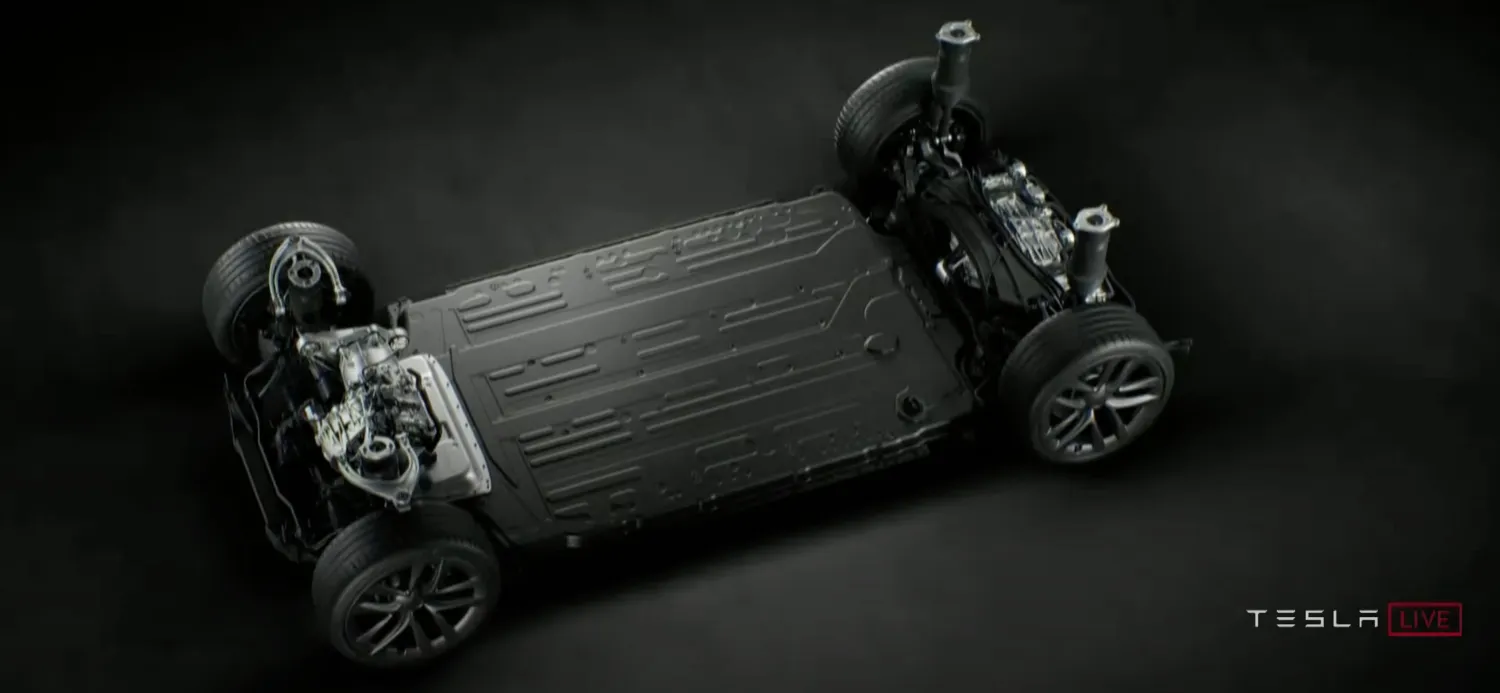
Tesla also using Active Learning in its battery management systems. The batteries in Tesla's EVs are a critical component that impacts the vehicle's performance, range, and longevity. Tesla's battery management system uses ML algorithms to optimize the battery's performance, including charging and discharging rates, temperature management, and cell balancing. However, these algorithms require large amounts of data to be trained effectively, which is not readily available.
To address this challenge, Tesla developed an Active Learning system that selects the most informative data samples for training the battery management algorithms. The AL algorithm selects data samples based on the uncertainty of the model's prediction and uses them to update the model parameters. This allows Tesla to reduce the time and cost required to train its battery management algorithms while improving their performance.
Conclusion
Tesla is a leading innovator in using AI and ML in the automotive industry. Active learning allows Tesla to reduce the time and cost required to label and train its models while improving their performance and accuracy. By selecting the most informative data samples for labeling, Tesla can make the most efficient use of its resources while ensuring its models are trained on the most relevant data.
Moreover, the active learning algorithm used by Tesla is efficient and scalable. As Tesla's fleet of vehicles grows and generates more data, the algorithm can continue to learn and improve its performance, ensuring that Tesla's vehicles remain at the forefront of autonomous driving technology.
It is worth noting that active learning is just one of the many ML techniques Tesla uses in its operations. The company also uses other techniques, such as self-supervised learning, semi-supervised learning and reinforcement learning to solve various challenges. However, Active Learning is particularly useful because it allows Tesla to make the most efficient use of its resources and improve the performance of its models with minimal manual labeling effort.


